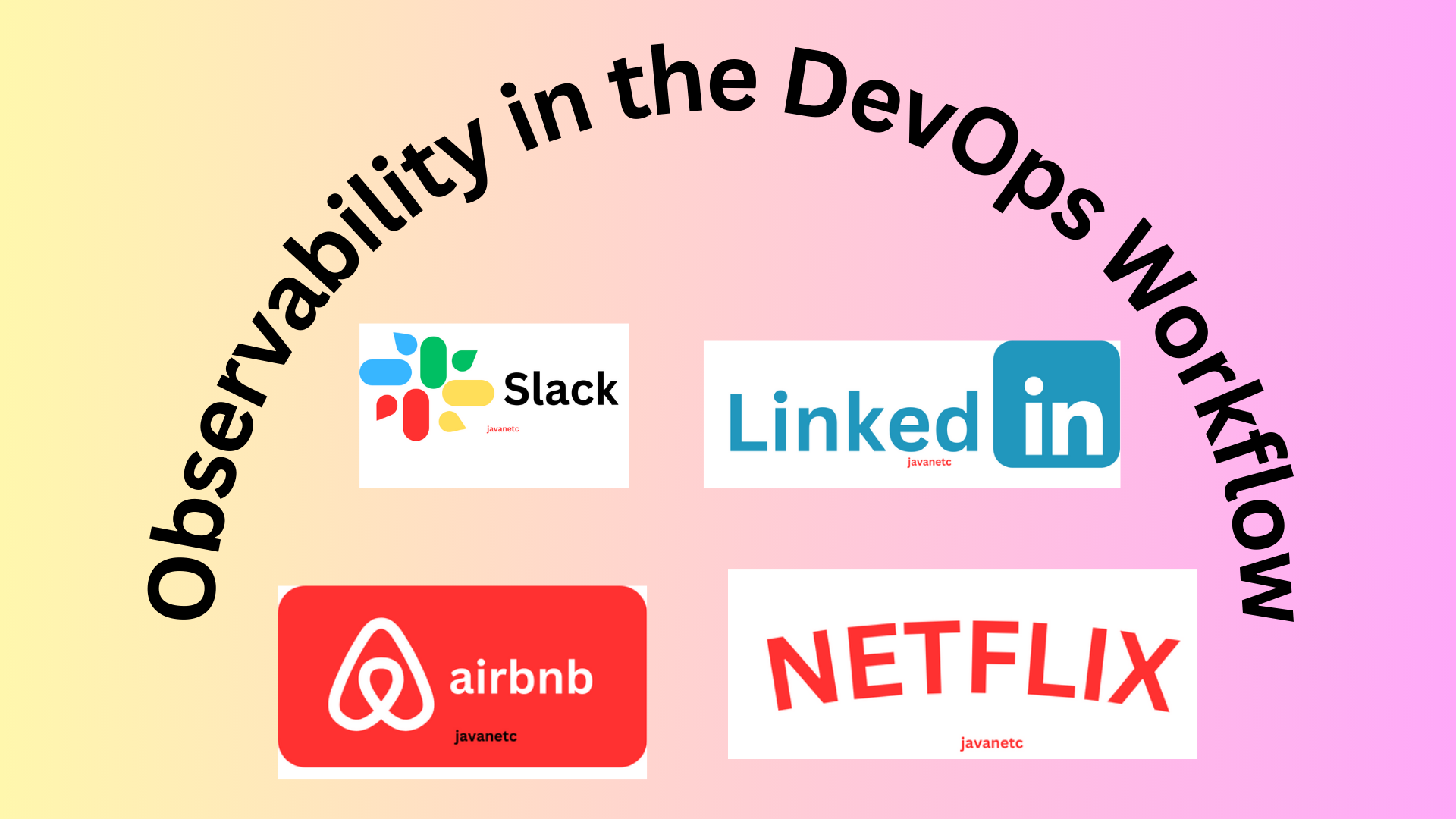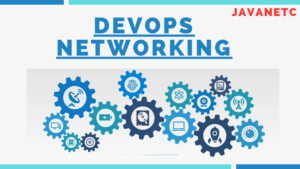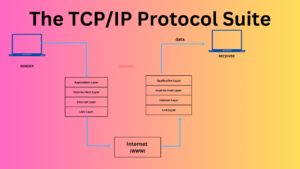Introduction
Observability serves as a critical component within the DevOps framework, providing insights into the intricate behavior of complex systems through the analysis of diverse data sources like logs, metrics, and traces. By integrating observability tools throughout the software development lifecycle, teams can effectively monitor applications and infrastructure, detect issues promptly, and optimize performance continually. Below, we’ll delve into how observability aligns with each stage of the DevOps workflow, highlight essential tools, offer best practices, and showcase real-world examples of its impact on continuous improvement.
Table of Contents
Observability Integration in DevOps Workflow:
- Planning:
- Utilize observability data to inform project plans, prioritize features, and identify optimization opportunities.
- Assess user behavior, system dependencies, and performance metrics to refine project goals.
- Development:
- Employ observability tools to monitor code changes, track deployment times, and identify errors early in the development process.
- Ensure that developers have access to observability data to facilitate rapid issue resolution.
- Testing:
- Leverage observability to monitor test performance, detect anomalies, and ensure the reliability of test environments.
- Use observability insights to improve testing strategies and identify areas for enhancement.
- Integration:
- Implement observability to monitor software performance during integration, ensuring seamless merging of code changes.
- Conduct automated tests with observability tools to maintain code integrity and prevent issues in the integrated environment.
- Deployment:
- Employ observability to monitor software performance during deployment, enabling proactive issue identification and resolution.
- Analyze system metrics and logs to ensure smooth deployment processes and mitigate potential errors.
- Operation:
- Utilize observability to monitor software in operation, promptly detect issues, and maintain system reliability.
- Analyze performance metrics and logs to address operational challenges efficiently.
- Monitoring:
- Employ observability tools to track system performance, user behavior, and engagement, facilitating continuous monitoring and improvement.
- Gather actionable insights from observability data to optimize system performance and user experience.
- Feedback:
- Incorporate observability data into the feedback loop, gathering insights from user interactions and system performance.
- Use observability insights to drive iterative improvements based on user feedback and performance metrics.
Best Practices for Implementing Observability:
- Tool Selection: Choose observability tools aligned with specific needs and compatibility with existing tech stacks.
- Metric Definition: Establish clear metrics and alerts to ensure actionable insights from observability data.
- Data Quality: Ensure high-quality and consistent data through validation and normalization techniques.
- Integration: Integrate observability into CI/CD pipelines for early issue detection and seamless deployment.
- Training: Invest in team training and education to maximize the effectiveness of observability tools and practices.
- Continuous Improvement: Continuously review and adjust observability practices based on data analysis and evolving needs.
Tips for integrating observability into existing DevOps processes:
- Start with small-scale integration and expand gradually.
- Choose tools compatible with the current DevOps stack.
- Ensure all team members understand the importance of observability.
- Define clear metrics and KPIs, regularly reviewing them for relevance.
- Automate observability tasks to streamline workflows and reduce manual efforts.
- Foster a way of life of collaboration and non-stop learning.
Real-World Examples of Observability Impact:
Observability has proven instrumental in driving continuous improvement within various real-world DevOps environments. Here are several examples showcasing how observability tools have contributed to enhancing system performance and reliability:
Netflix: Netflix boasts a robust observability culture, leveraging tools to meticulously monitor every facet of their platform, spanning from the user interface to the underlying infrastructure. Through data analysis derived from observability tools, they swiftly detect and address issues, perpetually refining their platform. For instance, Netflix employs Simian Army, a tool simulating system failures, enabling them to fortify system resilience and pinpoint areas for enhancement.

Airbnb: Utilizing observability tools, Airbnb diligently monitors its application performance, preemptively identifying potential issues before they impact users. With SkyWalking, an observability tool, Airbnb scrutinized its microservices architecture, revealing a bottleneck in the system. Armed with insights from SkyWalking, they optimized their code, resulting in a notable 30% reduction in response times.
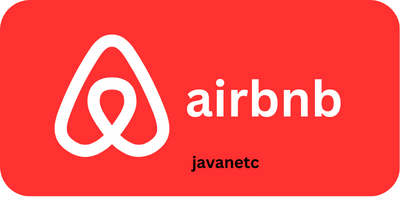
Slack: Slack relies on observability tools to vigilantly monitor application performance and swiftly resolve issues. Leveraging Splunk to oversee infrastructure, Slack identified a network latency issue. Analyzing data gleaned from Splunk empowered Slack to restructure their network architecture, culminating in a substantial performance enhancement.
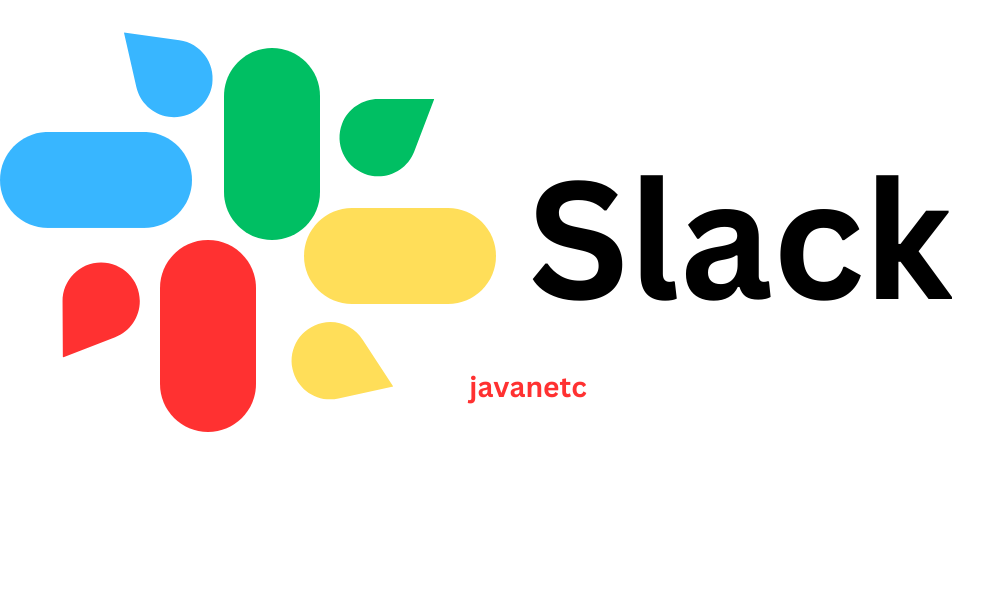
LinkedIn: LinkedIn harnesses observability tools to monitor application performance and pinpoint optimization opportunities. Employing Kafka for monitoring messaging infrastructure, LinkedIn unearthed a bottleneck. Analyzing Kafka-derived data, they optimized their messaging infrastructure, yielding significant performance improvements.

In these instances, observability tools serve as indispensable assets, enabling organizations to proactively detect issues, optimize system performance, and continuously refine their operations to deliver superior user experiences.
Conclusion
Observability stands as a cornerstone in modern DevOps practices, enabling teams to gain valuable insights, detect issues, and drive continuous improvement in software performance and reliability. By seamlessly integrating observability into each stage of the DevOps workflow and implementing best practices, organizations can leverage data-driven decision-making to deliver exceptional user experiences and stay ahead in today’s competitive landscape.
